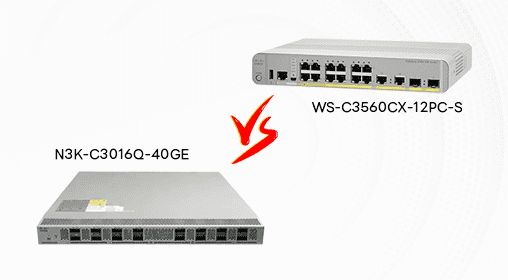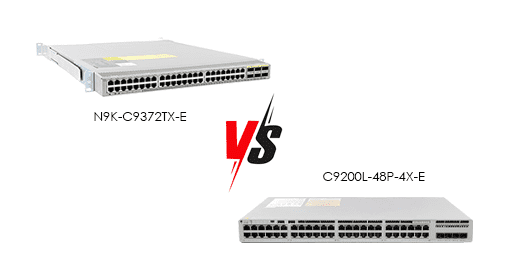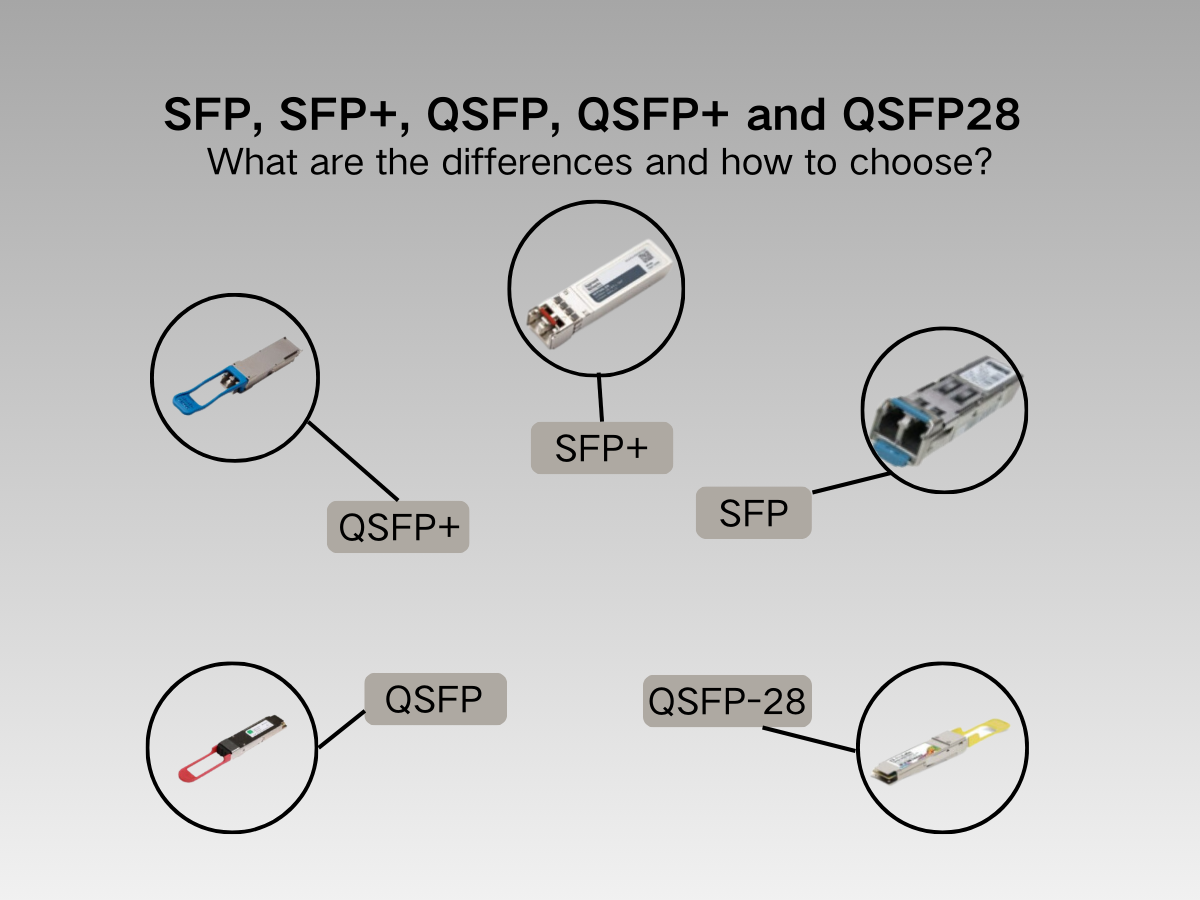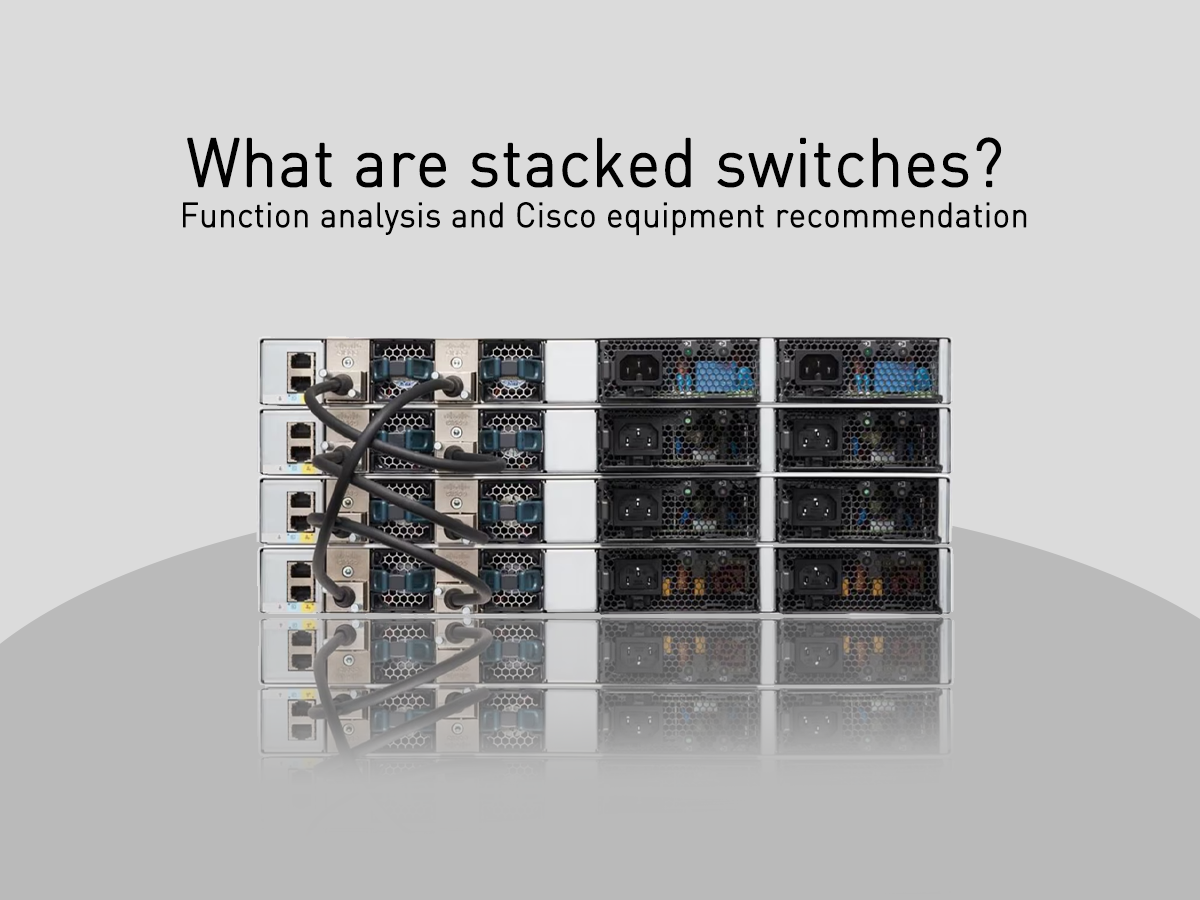














So you're considering upgrading from Cisco's AIR-CAP2702I-H-K9 to the AIR-AP2802I-H-K9? Having worked with both of these access points in different environments, I can tell you this isn't just a minor spec bump—it's a substantial generational leap that impacts everything from performance to day-to-day management. Let me break down what you can realistically expect from this transition based on hands-on experience.
Right off the bat, the most noticeable difference comes in raw throughput capabilities. The 2702 was a solid workhorse in its day, handling 802.11ac Wave 1 with a maximum theoretical throughput of around 1.3 Gbps. But the 2802 steps firmly into Wave 2 territory, pushing that ceiling to 1.7 Gbps and beyond. What does this mean in practice? Well, if you've ever struggled with bandwidth congestion during peak usage hours, the difference becomes pretty apparent. The 2802 manages multiple concurrent clients more gracefully, especially in dense environments where dozens of devices are competing for airtime.
|
Parameter |
AIR-CAP2702I-H-K9 |
AIR-AP2802I-H-K9 |
|---|---|---|
|
Wi-Fi Generation |
802.11ac Wave 1 |
802.11ac Wave 2 |
|
Spatial Streams |
3x3:3 |
4x4:4 |
|
Maximum PHY Rate |
~1.3 Gbps |
~1.7 Gbps |
|
MU-MIMO |
No |
Yes (Downlink) |
|
Integrated Antennas |
Internal |
Internal |
|
Ethernet Port |
1 Gigabit |
1 Gigabit (some models have 2.5G/5G) |
|
USB Port |
USB 2.0 |
USB 3.0 |
|
Client Capacity |
Good for moderate density |
Enhanced for high-density environments |
The move to 4x4:4 spatial streams on the 2802 isn't just about bigger numbers. This architecture allows for better coverage consistency and more stable connections, particularly at the edge of your network. I've observed that devices in far corners of buildings maintain more reliable links with the 2802 series compared to their 2702 counterparts. The additional spatial stream also means the access point can communicate with a wider variety of client devices simultaneously without creating bottlenecks.
When we talk about MU-MIMO (Multi-User Multiple Input Multiple Output), we're looking at one of the most significant practical differentiators. The 2702 operates on SU-MIMO (Single-User), meaning it can only talk to one device at a time, rapidly switching between clients. The 2802's MU-MIMO capability allows it to communicate with multiple compatible devices simultaneously. Now, honestly, the real-world impact depends heavily on how many of your client devices actually support MU-MIMO. But as newer laptops, tablets, and phones continue to adopt this technology, you'll notice progressively better performance in device-dense areas like classrooms, meeting rooms, and open offices.
Cisco maintained a somewhat similar form factor between these generations, but the internal component upgrades are substantial. The 2802 generally runs cooler and more efficiently than the 2702, which translates to better long-term reliability. I've noticed fewer heat-related issues in installations where access points are mounted in areas with limited airflow. The inclusion of USB 3.0 (versus USB 2.0 on the 2702) might seem minor, but it matters if you're using these ports for anything beyond basic connectivity—like connecting additional sensors or peripherals.
From a management perspective, the 2802 integrates more seamlessly with Cisco's DNA Center and IoT readiness features. If you're planning to expand beyond basic Wi-Fi into location services, asset tracking, or IoT implementations, the 2802 provides a much better foundation. The 2702 can handle basic connectivity, but it lacks the architectural enhancements that make the 2802 more future-proof.
In day-to-day operation, the performance delta becomes most apparent during high-demand scenarios. Video conferencing with multiple participants, large file transfers, and latency-sensitive applications all benefit from the 2802's advanced capabilities. The 2802 demonstrates noticeably better performance management when the network load increases, maintaining lower latency for real-time applications even as bandwidth utilization peaks.
The client handling capacity sees a measurable boost too. Where a 2702 might start to struggle with 25-30 active concurrent users in demanding applications, the 2802 typically handles 40+ with similar usage patterns more comfortably. This doesn't mean the 2702 is inadequate for every scenario—in lower-density environments with basic connectivity needs, it still performs respectably. But as user expectations and application demands continue to grow, the 2802's headroom becomes increasingly valuable.
Both access points share Cisco's reputation for building reliable hardware, but the 2802 introduces enhanced radio management and self-healing capabilities that weren't as sophisticated in the 2702 era. I've observed fewer manual interventions required with 2802 deployments—the system does a better job of optimizing channel selection, power levels, and client steering automatically. This translates to greater stability over time and reduced administrative overhead.
The 2802 also benefits from more advanced antenna designs that provide better coverage patterns. In installations with challenging physical environments, this often means needing fewer access points to achieve consistent coverage—potentially offsetting some of the upgrade cost through a reduced device count.
If you're currently running 2702 access points and considering the jump to 2802, the decision ultimately comes down to your specific needs. The 2702 remains a competent access point for basic connectivity requirements. But if you're supporting modern applications, higher user densities, or planning IoT expansions, the 2802's advantages become difficult to ignore. The performance improvements aren't just theoretical—they translate to tangible benefits that users will notice during their daily workflow.
The upgrade makes particular sense if you're already refreshing other network infrastructure or moving toward more advanced management platforms like Cisco DNA Center. The 2802 aligns better with software-defined access initiatives and provides a stronger foundation for future wireless technologies.




